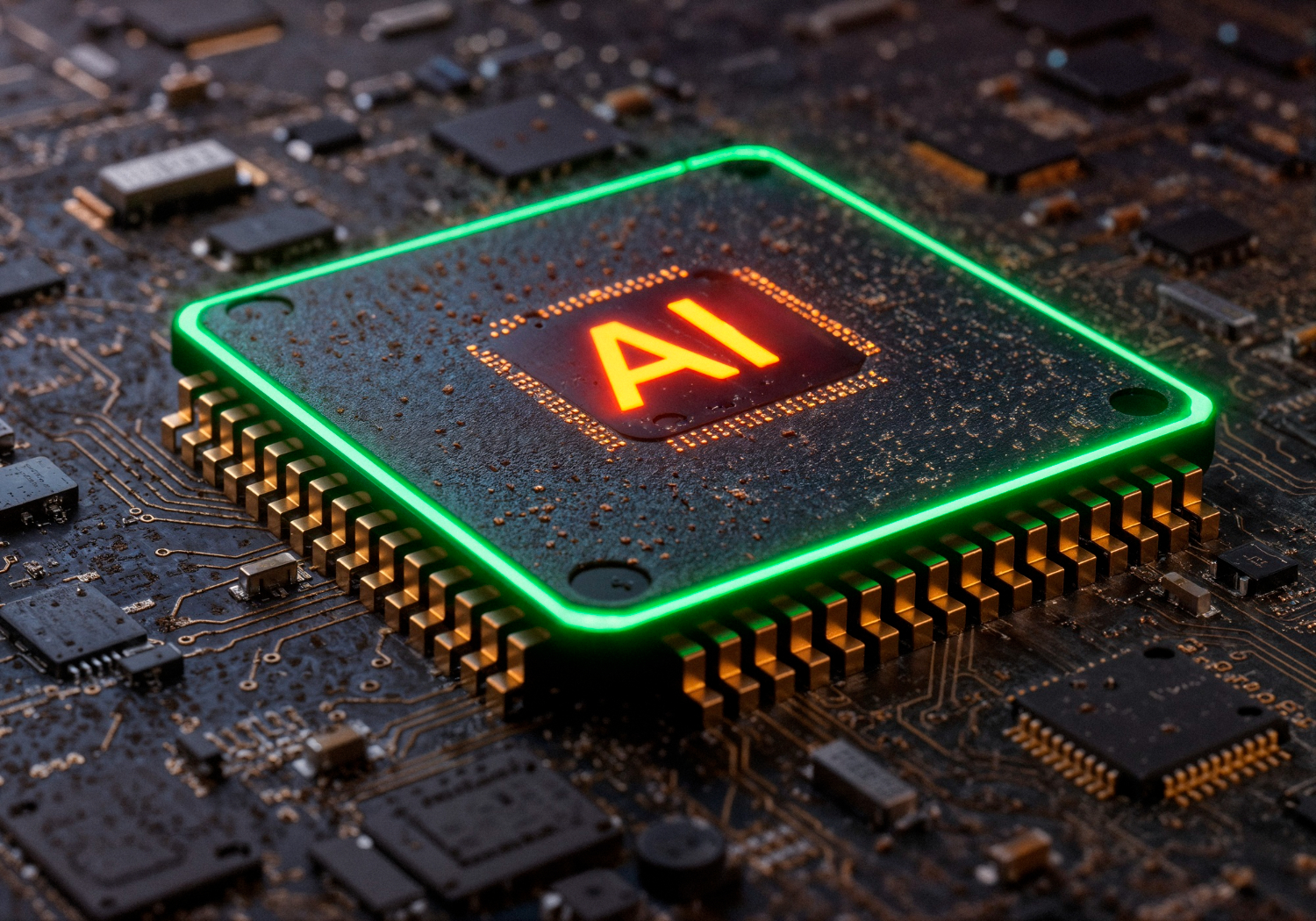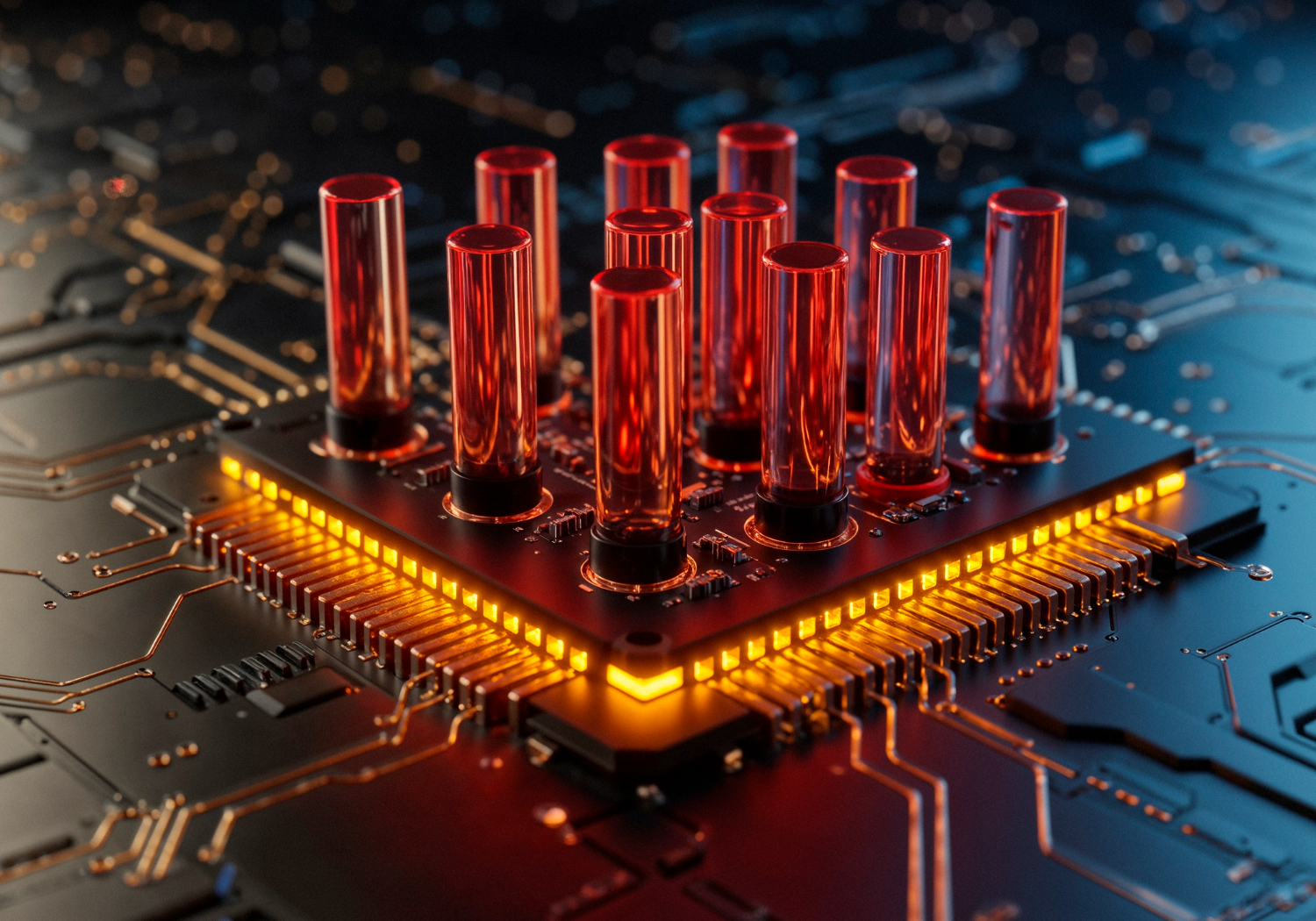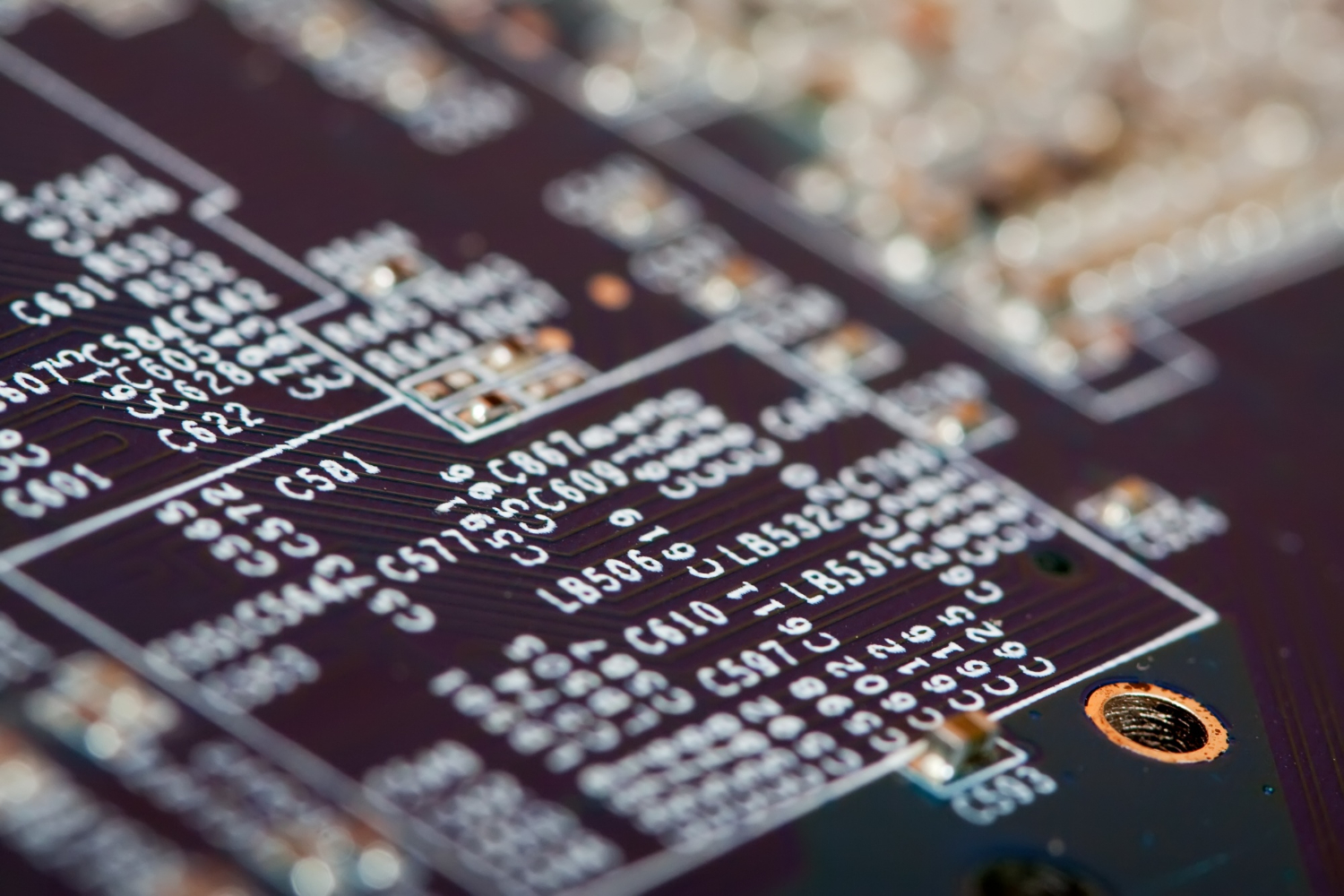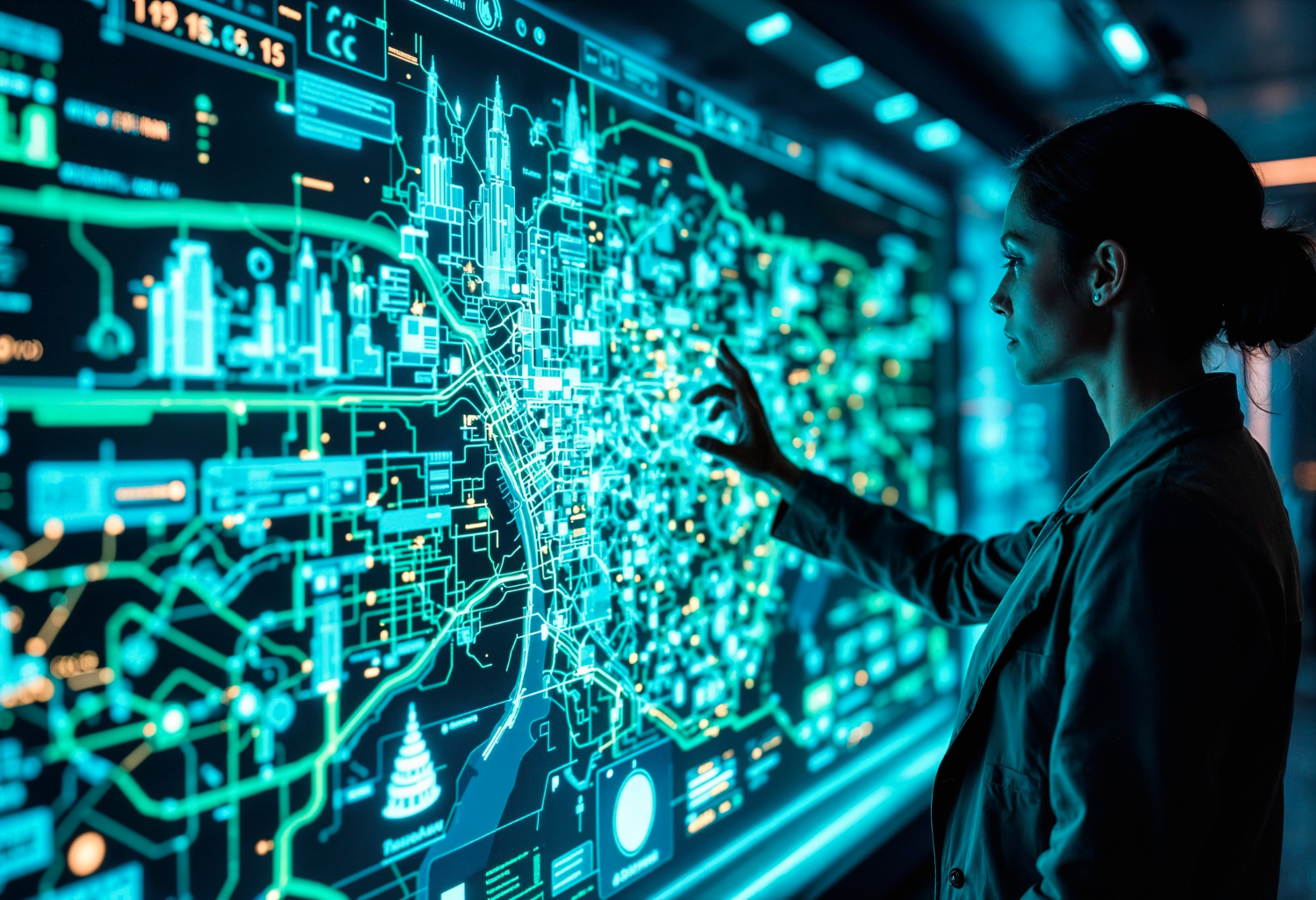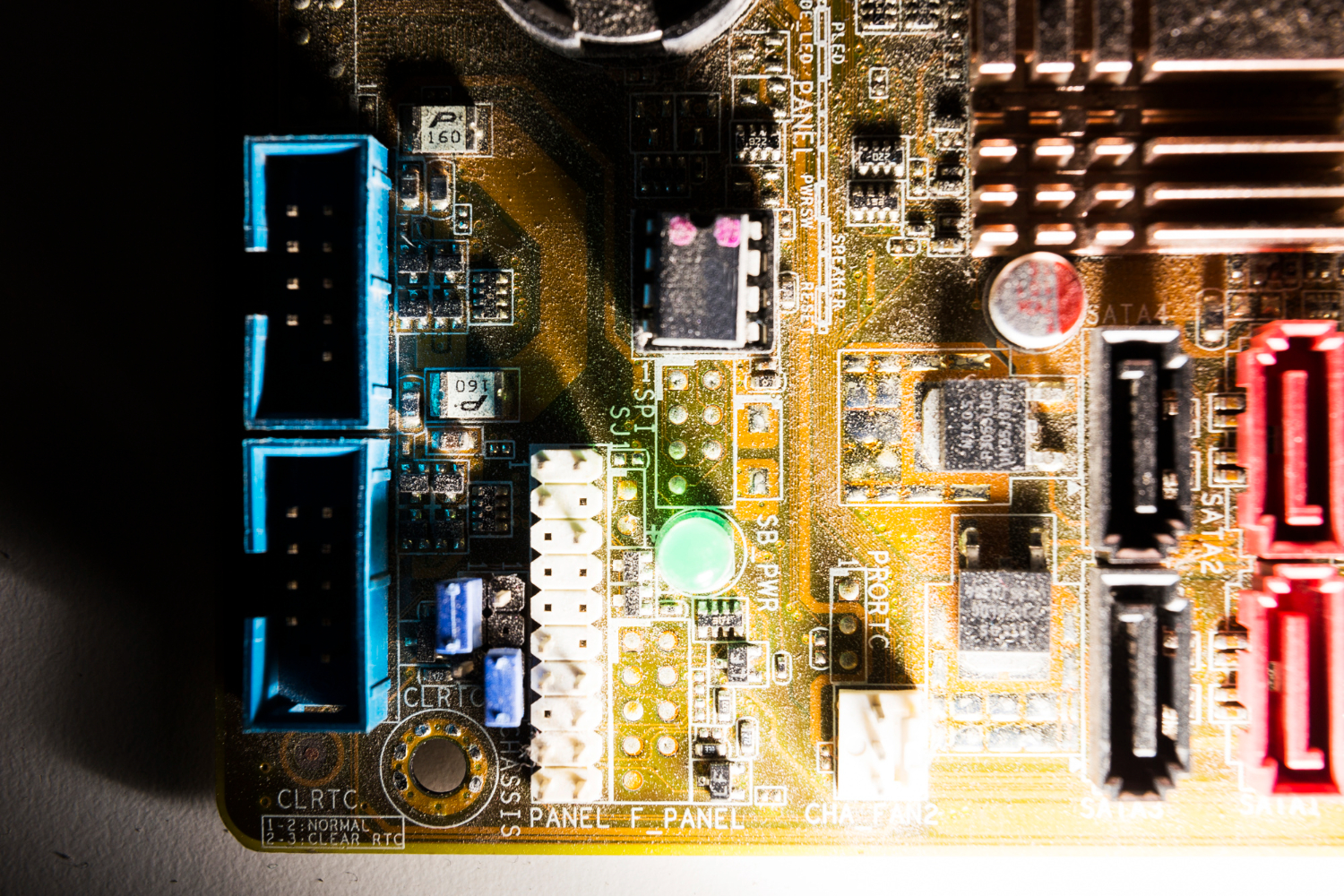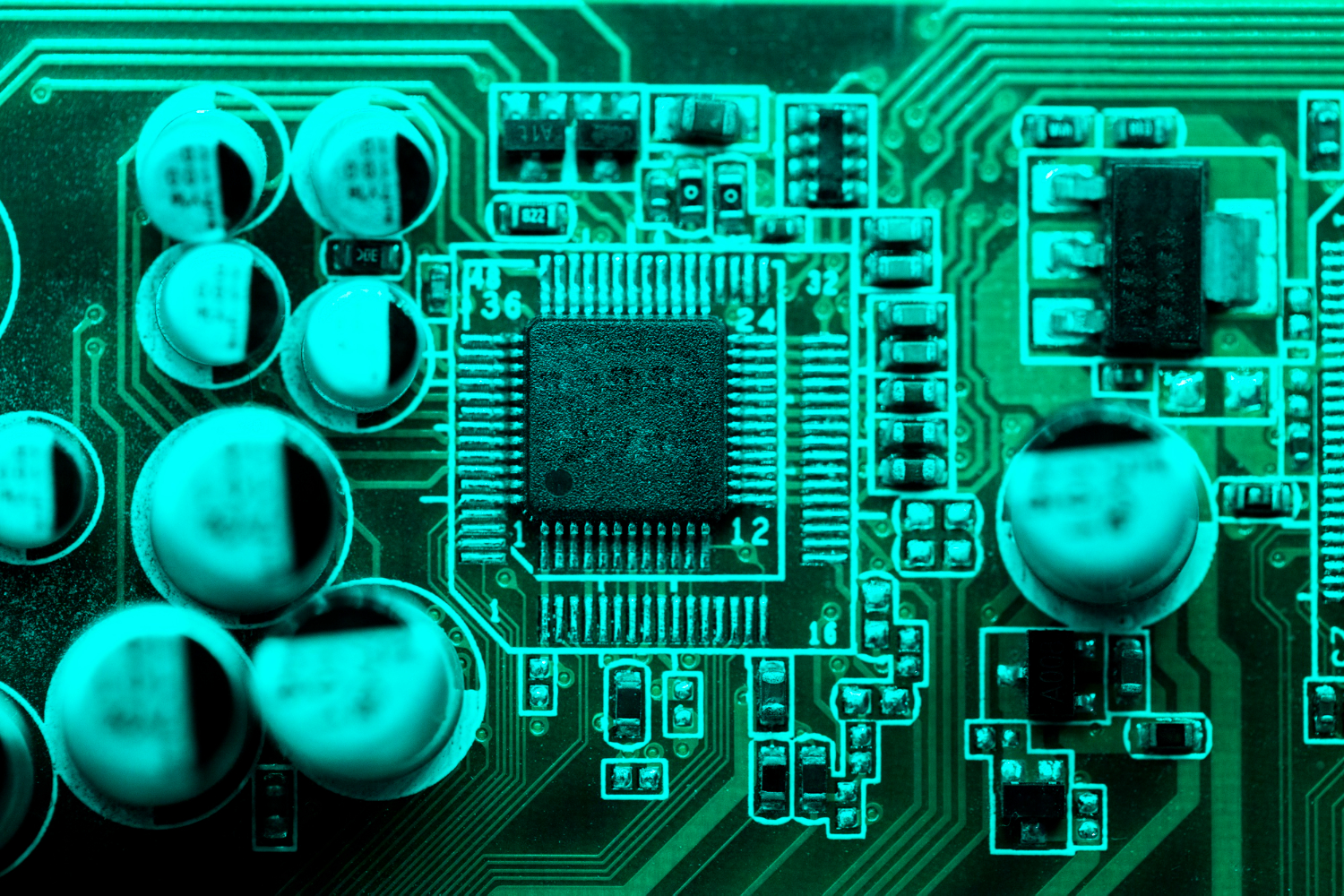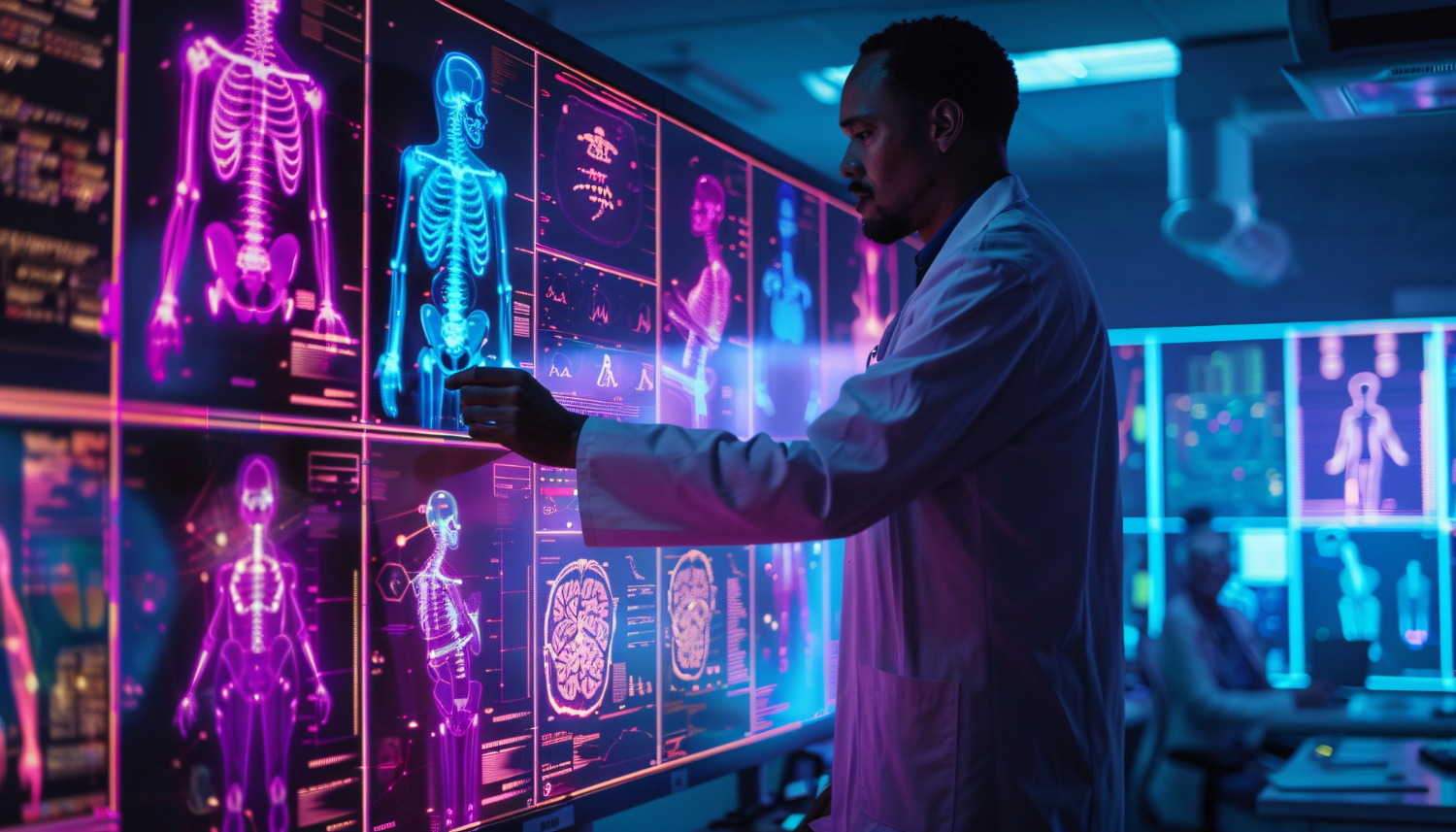Artificial intelligence (AI) has emerged as a powerful tool in the field of archaeology, offering new possibilities for analysing archaeological sites and enhancing archaeological research. By using AI algorithms and machine learning techniques, researchers can gain deeper insights into the past and uncover hidden secrets buried beneath the earth’s surface.
AI in Archaeological Research:
AI algorithms play a crucial role in archaeological research, enabling researchers to analyse vast amounts of data collected from archaeological sites. Machine learning algorithms can process data from remote sensing technologies, such as lidar, to create detailed 3D models of archaeological sites and identify potential areas of interest for further investigation.
Advancements in Remote Sensing:
Remote sensing technologies, combined with AI algorithms, have changed the way archaeologists study and analyse archaeological sites. Lidar data, in particular, provides researchers with high-resolution images of archaeological landscapes, allowing them to detect subtle features that may not be visible to the naked eye. AI algorithms can process lidar data to create detailed digital elevation models (DEMs) and identify potential archaeological features, such as ancient structures or burial mounds.
AI Algorithms for Site Detection:
AI algorithms are also used to develop models that can detect archaeological sites based on various environmental factors and data inputs. These models leverage machine learning techniques, such as deep learning, to analyse satellite imagery, aerial photographs, and other remote sensing data to identify potential archaeological sites. By training these models on labelled datasets, researchers can create predictive models that can accurately detect archaeological sites in different landscapes and environments.
Some use cases of artificial intelligence in archaeology are:
-
Site Detection in the Amazon Rainforest: Researchers from a leading archaeological institute collaborated with TechnoLynx to develop an AI-based model for detecting archaeological sites in the dense Amazon rainforest. By analysing satellite imagery and lidar data, the model identified hidden archaeological features, including ancient settlements and ceremonial sites, previously unknown to researchers. This groundbreaking discovery shed new light on the ancient civilisations that once inhabited the Amazon region.
-
Mapping Ancient Trade Routes: Archaeologists working in the Middle East used AI algorithms developed by TechnoLynx to map ancient trade routes based on satellite imagery and geographical data. By analysing patterns in the distribution of archaeological sites and natural resources, the AI model identified key trade routes used by ancient civilisations to transport goods and commodities across vast distances. This research provided valuable insights into the economic and cultural exchanges that shaped the ancient world.
-
Preserving Cultural Heritage: In collaboration with a cultural heritage organisation, TechnoLynx developed an AI-based system for monitoring and preserving archaeological sites threatened by natural disasters and human activities. Using machine learning algorithms, the system analysed satellite imagery and historical data to identify sites at risk of damage or destruction. Archaeologists could then take proactive measures to protect and conserve these invaluable cultural heritage sites for future generations.
-
Digital Reconstruction of Ancient Cities: TechnoLynx partnered with archaeologists and historians to digitally reconstruct ancient cities using AI-generated 3D models and virtual reality technology. By processing archaeological data and historical records, AI algorithms created accurate representations of ancient cities, allowing researchers to explore and interact with virtual reconstructions of long-lost civilisations. This immersive experience provided new insights into urban planning, architecture, and daily life in ancient times.
-
Identification of Underwater Archaeological Sites: AI algorithms developed by TechnoLynx were used to analyse sonar data and underwater imagery to identify submerged archaeological sites off the coast of Greece. By detecting anomalies in the seabed and underwater terrain, the AI model pinpointed the locations of ancient shipwrecks, harbours, and coastal settlements. This research expanded our understanding of maritime archaeology and the seafaring activities of ancient civilisations.
The Rise of AI in Archaeological Discoveries
TechnoLynx’s Role in AI Archaeology:
TechnoLynx offers advanced AI solutions for archaeological research, including the development of custom AI algorithms and machine learning models for analysing archaeological sites and processing lidar data. Our team of expert data scientists and AI engineers collaborates closely with archaeologists to understand their research objectives and develop tailored AI solutions to meet their specific needs. Whether it’s site detection, feature identification, or remote sensing analysis, TechnoLynx can help archaeologists acquire the power of AI to enhance their research and uncover new insights into the past.
Connect with us to learn more!
Continue reading: AI in archaeology
Image by Freepik


